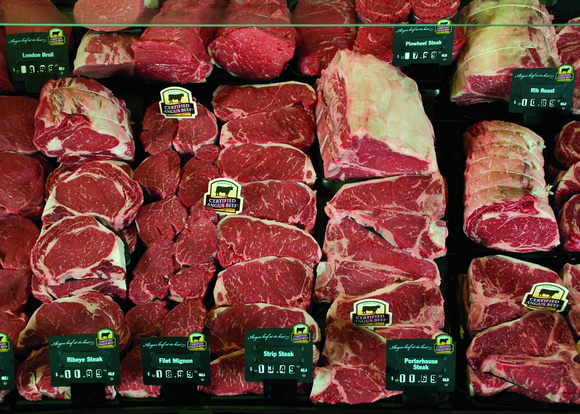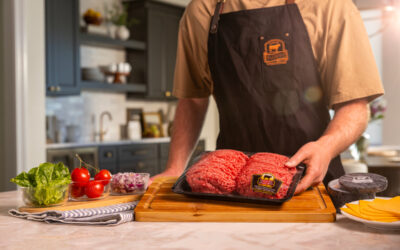More than adequate

Choice and CAB boxed-beef values were down amidst limited buyer interest. Packers found themselves in a larger carryover situation than expected, especially considering three weeks of reduced harvest. Buyers remain cautious given the downside risk on the cattle market and pricing of competing proteins. CAB ribs gave up the most ground again as the primal cut dropped more than 4.5% vs. the previous week.
Looking back to the most recent grading records, CAB acceptance rates continued their march forward. The late December USDA reports show the average figure improving almost a full point from mid-December (19.23% vs. 20.31% leading up to Christmas). That’s in line with historical values but lower than both year-ago and three-year averages.
Until we meat again,
-David
You may also like
Success, Despite Challenges
Today’s market is complex and competitive. The collective effort of stakeholders across the supply chain positions Certified Angus Beef to meet the record demand for premium beef moving forward. Signals across the beef industry are clear and Angus farmers and ranchers seeking high-quality genetics that deliver premium beef are producing a product in high demand.
Keep the Supply Coming
A record-high 800 registrants from 17 countries gathered in Austin, Texas, to learn more about CAB, become inspired by the culinary work of chefs and pitmasters, and celebrate sales and production success. But at the forefront: supply and demand, a reflection of the chaotic past year, and preparing for what’s ahead.
Consumer Demand, Power of Quality
Demand for high-quality beef persists. But with that demand comes challenges. From tight cattle supplies to higher costs and increasing pressure on retailers to deliver a consistent eating experience, the pressure is on. David O’Diam, CAB VP of retail, addressed the current retail beef environment, highlighting both opportunities and challenges in today’s marketplace.



